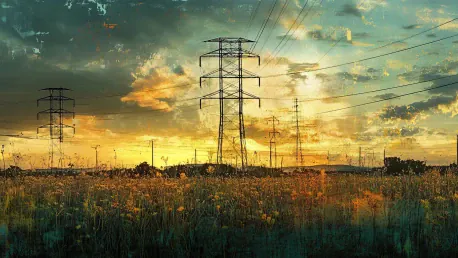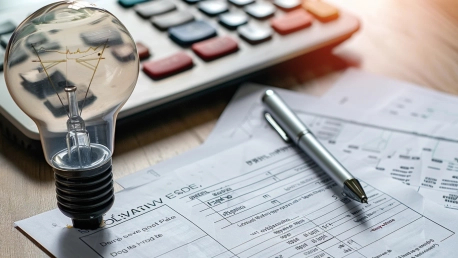
The increasing frequency of extreme weather events and the growing complexity of electricity consumption patterns are posing significant challenges to grid reliability and resilience. These issues cannot be ignored if a stable and continuous power supply is to be maintained. In this context,

Tennessee's power grid plays a vital role in maintaining the state's infrastructure, economic stability, and public safety. Recent incidents, such as the gunfire attacks on electric substations in North Carolina in 2022, have raised serious concerns about the vulnerabilities of power

As the United States charts its course through the 21st century, the nation finds itself grappling with a monumental challenge: the rapidly increasing demand for electricity juxtaposed against energy policies that are proving insufficient. This issue is precipitated by various dynamic factors,

To be recognized as the most reliable electric service provider in New York, Con Edison has implemented a multifaceted approach involving substantial investments, technological innovations, and climate readiness strategies. This article will delve into the key strategies that have propelled Con

The Pennsylvania Department of Environmental Protection (DEP) has recently awarded over $15 million in grants to bolster the resilience and reliability of the rural electric grid, aiming to address vulnerabilities in the state's power infrastructure. These investments are facilitated by the

Electricity bills in the United States have been on an upward trajectory, leading to concerns and misconceptions about the root causes behind these increases. While some attribute the rising costs to the adoption of clean energy technologies such as solar and wind power, a closer look reveals a